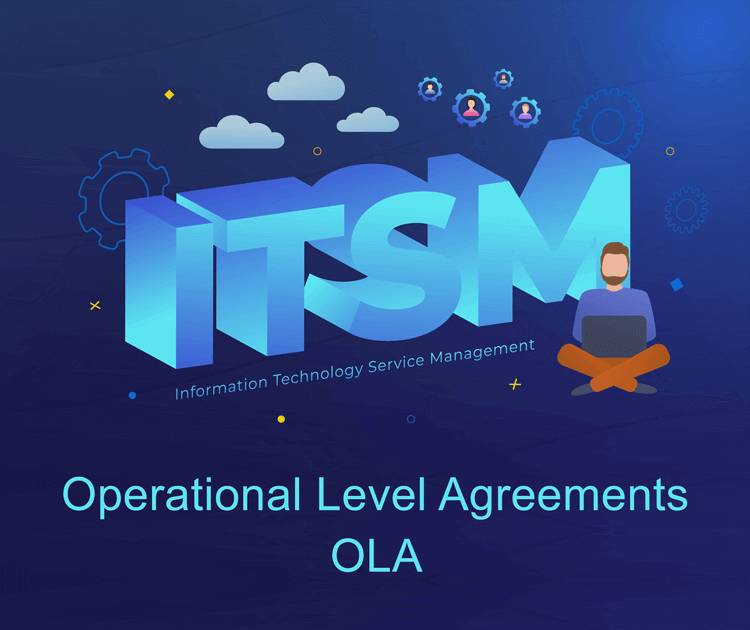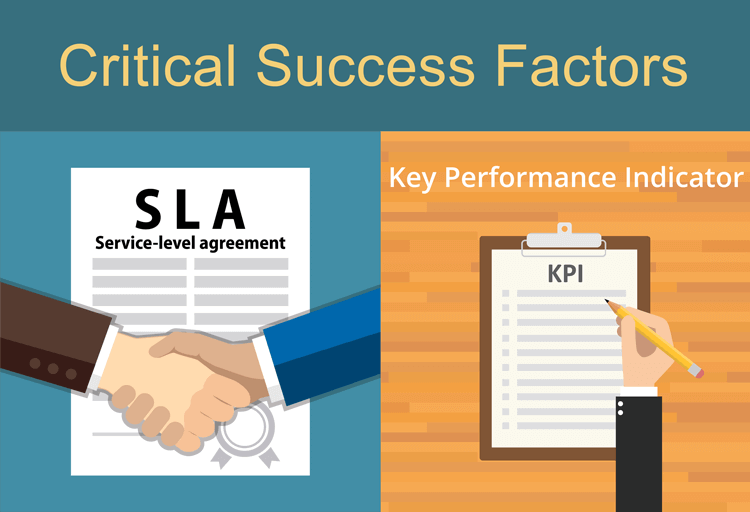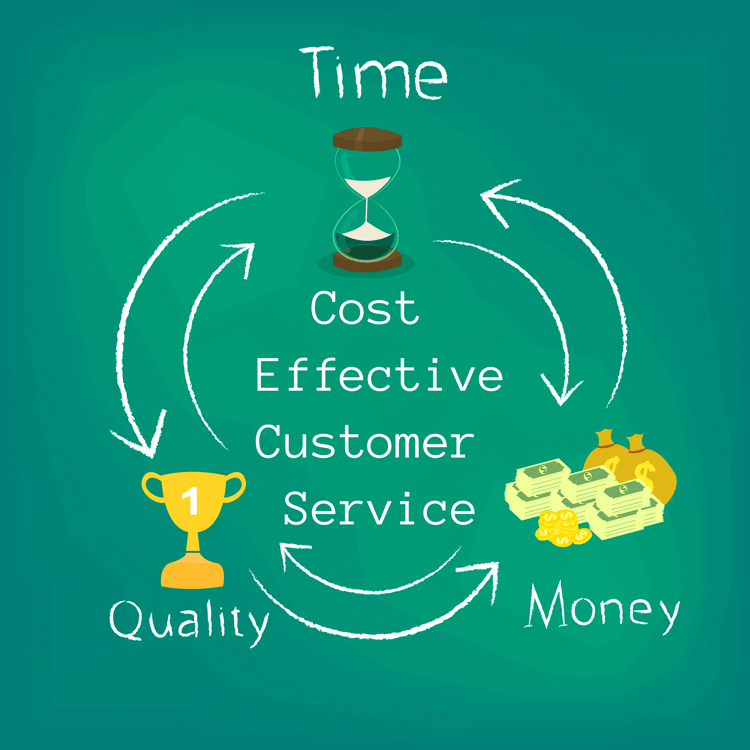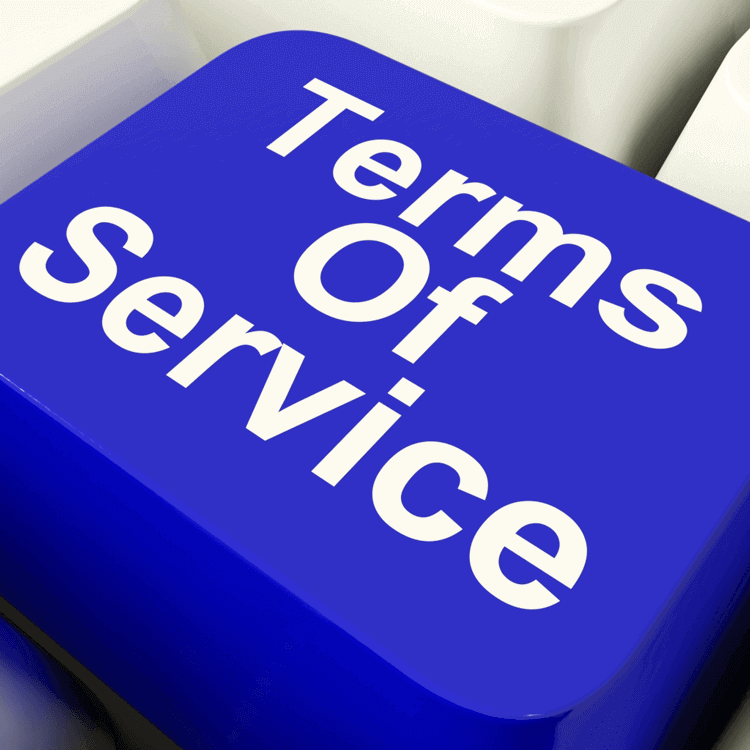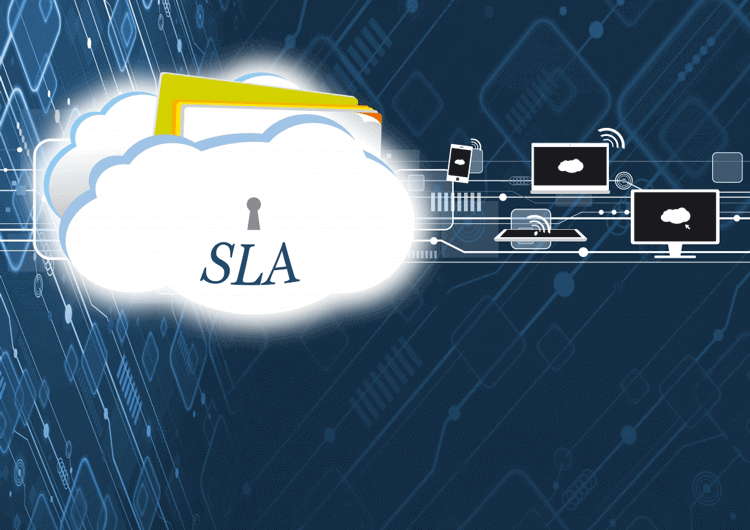Machine-Learning is Leading the Self-Improving Help Desk: Case-Based Reasoning (CBR) Systems
In the AI-driven era, customer service has evolved to be more efficient and self-learning. AI systems help companies in a variety of ways including improving customer satisfaction ratings, reducing operational costs, and increasing revenue. AI has many other advantages for customer service that human agents cannot compete with — it is always available, 24/7 and never gets tired or distracted. One of the leading AI systems in this area is CBR Systems' machine learning help desk system.

